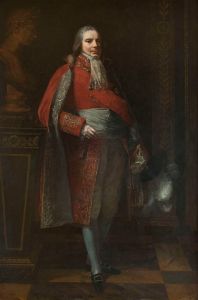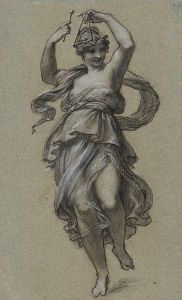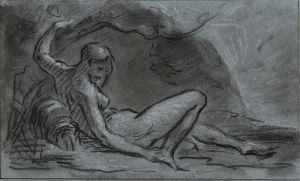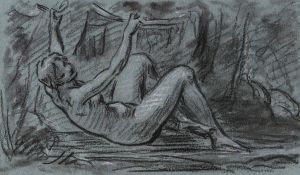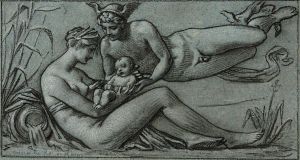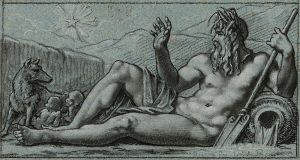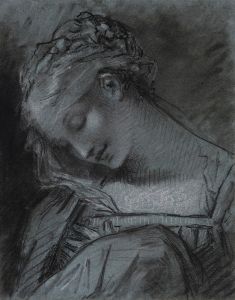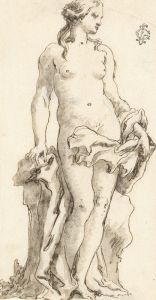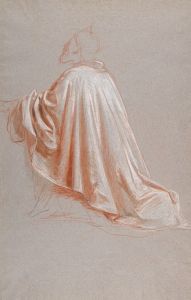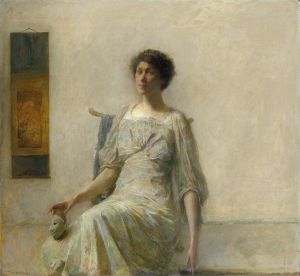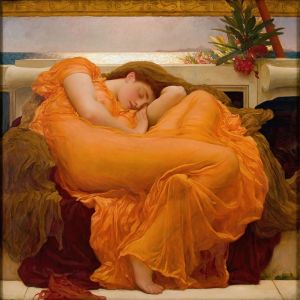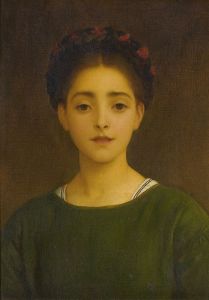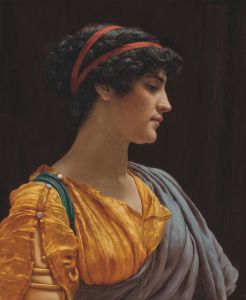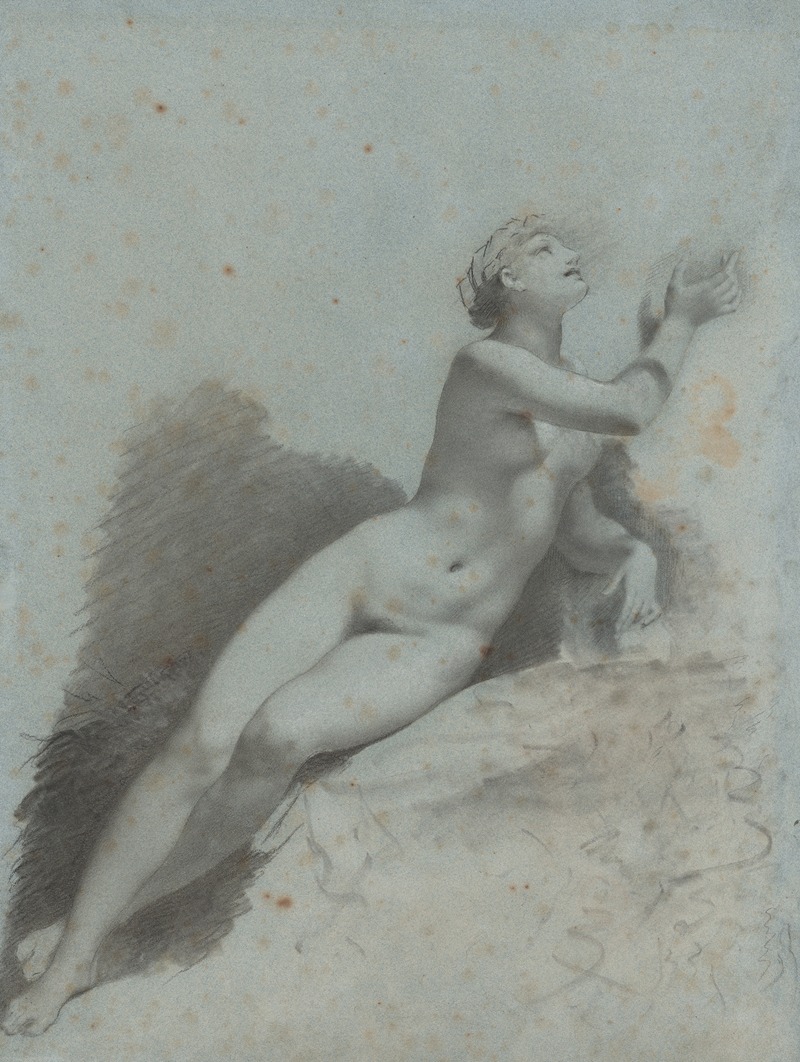
Venus
A hand-painted replica of Pierre-Paul Prud'hon’s masterpiece Venus, meticulously crafted by professional artists to capture the true essence of the original. Each piece is created with museum-quality canvas and rare mineral pigments, carefully painted by experienced artists with delicate brushstrokes and rich, layered colors to perfectly recreate the texture of the original artwork. Unlike machine-printed reproductions, this hand-painted version brings the painting to life, infused with the artist’s emotions and skill in every stroke. Whether for personal collection or home decoration, it instantly elevates the artistic atmosphere of any space.
Pierre-Paul Prud'hon was a French Romantic painter known for his allegorical works and portraits. One of his notable paintings is "Venus," which exemplifies his unique style that combines elements of Neoclassicism and Romanticism. Prud'hon was born on April 4, 1758, in Cluny, France, and he developed his artistic skills in Dijon before moving to Paris, where he became influenced by the works of earlier masters and the prevailing artistic trends of his time.
"Venus" by Pierre-Paul Prud'hon is a painting that showcases his ability to blend classical themes with a softer, more emotional approach. Prud'hon was known for his delicate use of light and shadow, which is evident in this work. The painting depicts Venus, the Roman goddess of love and beauty, a subject that has been a popular theme in art for centuries. Prud'hon's interpretation of Venus is characterized by a graceful and serene depiction, emphasizing her divine beauty and elegance.
Prud'hon's style is often compared to that of his contemporary, Jacques-Louis David, who was a leading figure in the Neoclassical movement. However, Prud'hon's work is distinguished by its more intimate and tender qualities, as opposed to the more rigid and formal approach of David. This is evident in "Venus," where Prud'hon employs a softer palette and a more fluid composition, creating a sense of ethereal beauty.
The painting reflects Prud'hon's mastery of the human form and his ability to convey emotion through subtle gestures and expressions. Venus is portrayed with a gentle demeanor, her pose relaxed yet poised, embodying the idealized beauty that was celebrated in classical mythology. Prud'hon's attention to detail and his skillful rendering of textures, such as the softness of the skin and the delicate drapery, contribute to the painting's overall sense of harmony and balance.
Prud'hon's work, including "Venus," was well-received during his lifetime, and he enjoyed the patronage of influential figures, including Napoleon Bonaparte and Empress Joséphine. His paintings were admired for their poetic quality and their ability to evoke a sense of tranquility and introspection. Despite the political and social upheavals of his time, Prud'hon remained focused on creating art that transcended the immediate concerns of the era, drawing inspiration from timeless themes and classical ideals.
Today, Pierre-Paul Prud'hon is recognized as an important figure in the transition from Neoclassicism to Romanticism. His work, including "Venus," continues to be appreciated for its artistic merit and its contribution to the development of 19th-century art. Prud'hon's paintings are held in various prestigious collections, and his influence can be seen in the works of later artists who sought to capture the beauty and emotion that he so skillfully portrayed.





